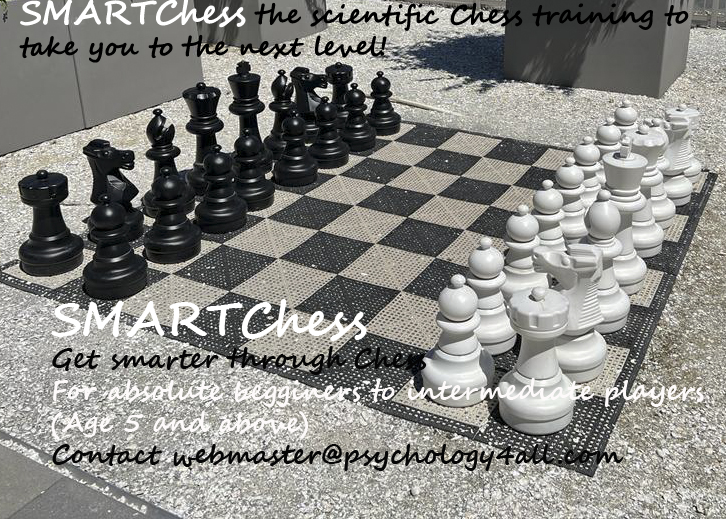HOLISTIC INTEGRATION TECHNIQUE
Professor, Dept. of Psychology, Kerala University
Copyright reserved 1980
This technique for personal growth is based on the principle that increased awareness leads to beneficial changes and increased integration of the individual. The method combines ancient methods of meditation with modern techniques of Psychology.
PRELIMINARIES
- TIME AND PLACE
Select a quiet place where you can sit comfortably for a maximum of about 15 minutes once or twice daily. This is best practiced when the stomach is not full, early morning or late in the evening.
- POSTURE
Sit with spine erect as this facilitates awareness. The crossed-legged posture is best. Be flexible and not rigid(check this by swaying from side to side). - SELECTION OF A RELEASE-WORD
Select a word (or a combination of a few words) which puts you at ease and gives you a feeling of security. Do not change this frequently. For example, you may use the word peace, or release. If you are religious, you can use the word god or the name of a god.
THE ACTUAL PRACTICE
Step 1:
Become aware of external disturbances and how they affect you. Particularly listen to sounds.
Step 2:
Become aware of your body. Feel the sensations (tension, pains, heaviness etc.) from head to foot. Become aware of how bodily sensations affection your mind. When you practise alone, initially, you can select each part of the body one by one, move that part, contract and release muscles in that area two or three times and also
massage that area gently with your own hands, to increase awareness. This need not be done every day, especially after a few days of practice.
Step 3:
Become aware of your breathing rhythm. Feel the breath coming in and breathing rhythm and your present state of the mind. Deliberately take three to five slow and deep breaths, pausing for a comfortable period of time after each inhalation and each exhalation.
Step 4:
Become aware of your mind ( thoughts and feeling). Observe thoughts coming and going in an associated sequence. Do not try to control or alter the nature, content or speed of thoughts. Recognize how thoughts keep coming and associated thoughts feelings arise, disturbing you. Do not deliberately start raking up or following any line of thought. Thoughts keep coming and get desensitized automatically.
Step 5:
Fix awareness on the Release-Word you have selected. You can repeat it a few ( say, three to five) times in your mind, at a leisurely pace, gradually reducing the intensity and speed. This word (by auto-suggestion) will automatically pop up in your mind gently and bring your mind back to pure awareness when your mind starts going along any chain of thoughts in the next last step. You are strengthening a path from thoughts to pure consciousness.
Step 6:
Here you do nothing. Let go totally. Do not desire, expect, deliberately look for, evaluate or try to become aware of anything. Do not try control the mind. Do not use force or feel guilty of thoughts. When thoughts again come, the Release-Word, by association with the process of thoughts, will spontaneously appear in the mind, cutting the chain of thoughts. As the sequence of thoughts - Release-Word- stillness repeats itself, by gradual practice, you will experience increasingly longer periods of stillness or pure awareness.
SEQUENCE OF THE SIX STEPS:
There is no overlap of the six steps. For example once you end step 1, after paying attention to external sounds, you do not have to pay any further attention to external sounds, you do not have to pay any further attention to sounds. Similarly once you close step 3 where you attend to breath and take a few deep breaths, you need not pay any further attention to how you are breathing during the following steps. Once you close step 5, where you attend to the Release-Word, you need not think of or intentionally take up the Release-Word again.
DURATION OF THE DIFFERENT STEPS
The total time for the whole practice need not exceed 15 minutes in one sitting. It is the quality which counts. Initially the relative duration of the earlier steps have to be longer and day by day the duration of the earlier steps can be reduced and later steps can be increased (of course, keeping the total time 15 minutes or less). In step 6, stop if you feel increasing restlessness or that further sitting does not lead to further increase in the quality of pure awareness. By gradual practice you will know how much time to spend on each step and how you can profitably reduce the time spent on earlier steps and increase the time on later steps.
PRECAUTIONS
If you have an improper life-style (check physical, social and psychological aspects), you may experience increasing tension or feeling of disintegration when you practice this. If you experience any kind of distress, or you are in doubt, temporarily discontinue.
Take a vegetarian diet with a high proportion of raw things. Have proper, moderate physical exercise. Avoid intoxicants. Correct any defect that you may have in your dealings with other people or in your value system. Take up the HIT practice again after you have attained the initial stability required for the practice.
***
Copyright 2000 © http://www.ideas-and-insights.com All Rights Reserved.
***


